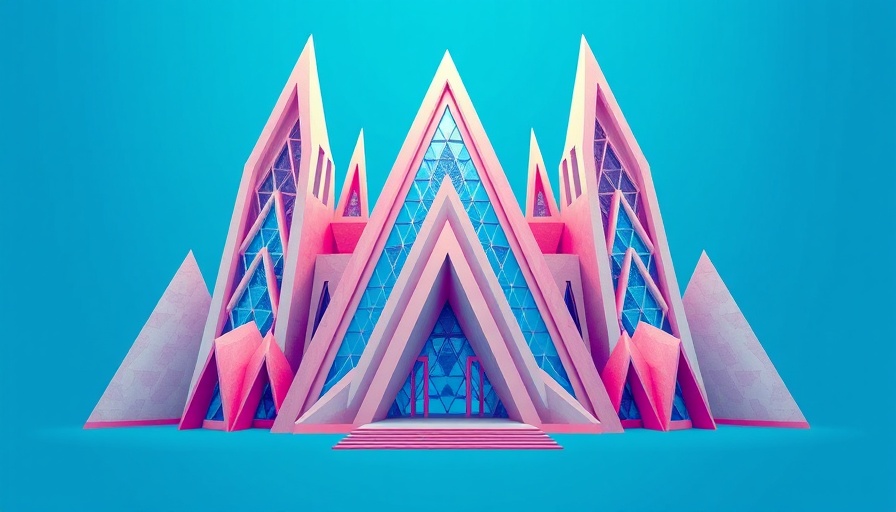
Cardboard Cathedral: A Unique Blend of Innovation and Resilience
In 2013, amidst the rubble of Christchurch, New Zealand, a remarkable architectural feat emerged, redefining standards of construction and community resilience—the Cardboard Cathedral, designed by Japanese architect Shigeru Ban. Constructed from 98 cardboard tubes, it symbolizes recovery and hope for a city devastated by a catastrophic earthquake. Intended initially as a temporary space for worship, it swiftly transformed into an iconic emblem of a city's rebirth.
The Tragedy and Need for Rebuilding
The earthquake in 2011 claimed the lives of 185 individuals and wreaked havoc across Christchurch. As buildings crumbled, the historic Anglican Cathedral, a cornerstone of local identity, was lost. In the wake of this destruction, the desire for a new beginning blossomed, creating an urgent need for a space of solace and gathering, leading to Shigeru Ban's innovative design.
Understanding the Design: More Than Just Cardboard
Ban’s creative approach merged functionality with ingenuity. Instead of traditional materials that denote permanence, he opted for cardboard combined with wood and polycarbonate, recognizing the need for accessible resources in the rebuilding process. This choice challenged perceptions, prompting deeper reflections on what constitutes durability in architecture. The A-frame structure, topped with a polycarbonate roof, features a vibrant colored-glass window, illuminating the interior and offering an uplifting space for the community.
Community Impact: A Sign of New Life
As buildings lay in ruin, the Cardboard Cathedral emerged as a beacon of hope. Architectural critic Andrew Barrie noted its significance, stating, "the building's innovative construction and its impact as a first major sign of new life... captured the collective imagination." The cathedral quickly became a part of the national narrative, representing not only the recovery of Christchurch but also the collaborative spirit shared between New Zealand and Japan—a poignant reminder of their intertwined histories of loss and regeneration.
Transformational Longevity: More Than a Temporary Space
While designed to be temporary, the Cardboard Cathedral found permanence through the love and appreciation of the community, echoing Ban's sentiment that the value of a building lies not in its materials but in the connections it fosters. As he famously stated, "If a building is loved, then it becomes permanent." The Cathedral now stands as a permanent fixture in the architectural landscape of Christchurch, infused with memories and local lore.
Inspiration for Future Architects
Shigeru Ban’s pioneering spirit and commitment to sustainability settle as an inspiring lesson for architects worldwide. By utilizing unconventional materials and prioritizing community needs, his work emphasizes the importance of context and connection over mere aesthetics. It encourages innovation in design, particularly in disaster-stricken regions where traditional building methods may either be impractical or too costly.
Conclusion: A Lasting Legacy
The Cardboard Cathedral's story transcends that of an architectural endeavor. It is a powerful symbol of resilience, collaboration, and renewed hope in the face of adversity. It invites all of us, especially digital nomads who seek comfort and efficiency in their workspaces, to create environments that foster connection, creativity, and productivity, irrespective of the materials we use. As we reflect on this remarkable structure, we are reminded that our surroundings significantly impact our well-being and community.
 Add Row
Add Row  Add
Add 




Write A Comment